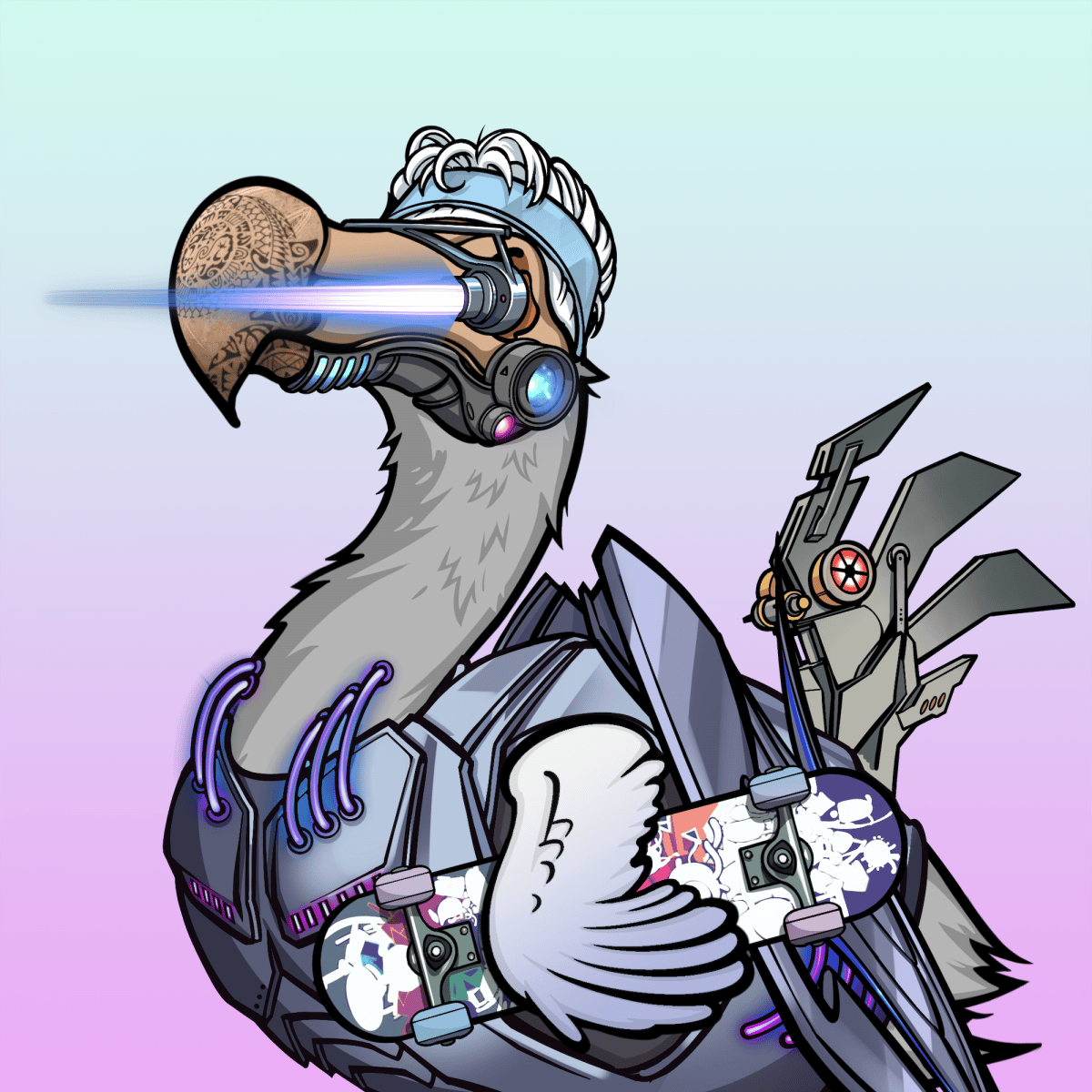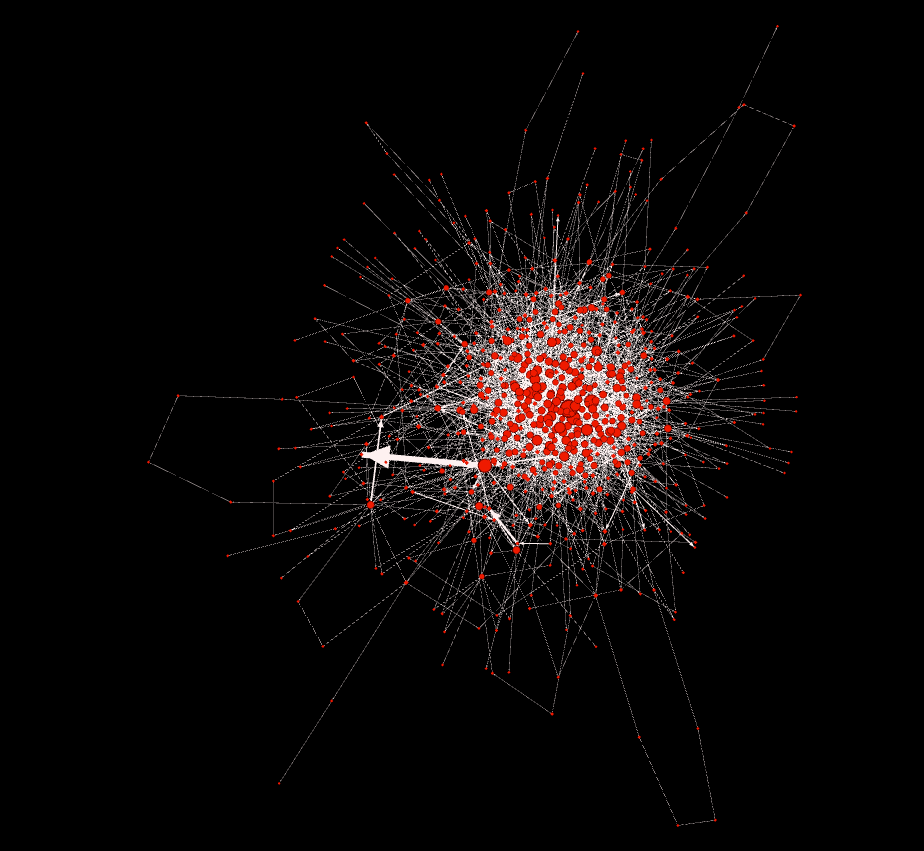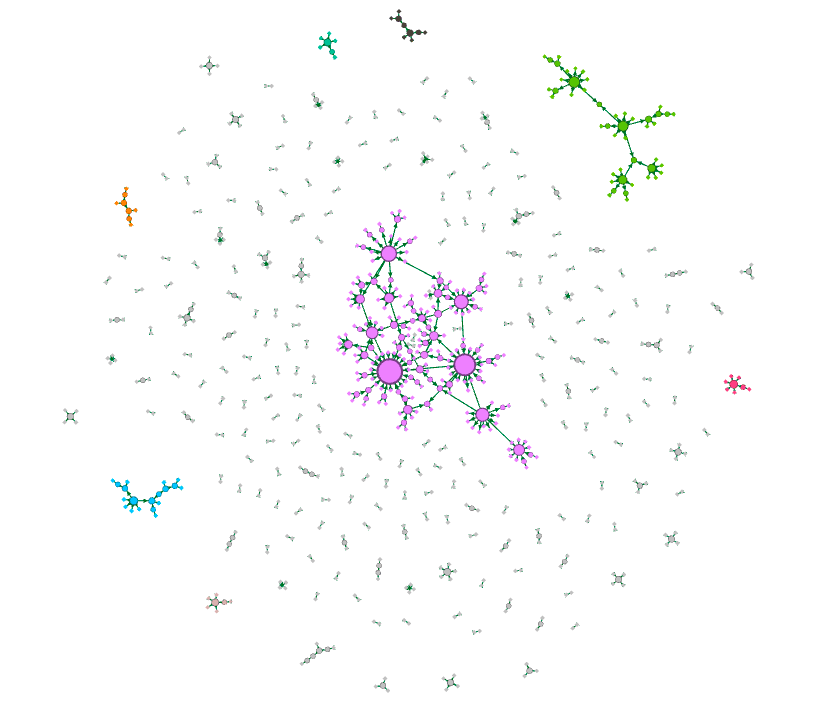Over the last week, an NFT project called Dodoor has risen to the top of the NFT charts on OpenSea. This collection of one thousand generative Dodo NFTs is now sitting atop the trending charts and is only below BAYC in sales volume. These statistics show an exciting NFT project that is doing exceptionally well. However, not everyone is confident about the Dodoor NFT collection. Members of the NFT community are raising questions about the project’s legitimacy with accusations of it being another NFT scam, using market manipulation.

Dodoor, the trending NFT collection
According to OpenSea, Dodoor is the first collection of 1000 NFTs from the Unlimited Dimension – also known as UDverse.
The NFTs are bright and colorful Dodo birds with various traits. The current floor price of a Dodoor NFT is 2.1 ETH, and there has already been over 2100 ETH in trade volume since the project began in September.
One of the main concerns in the NFT Twitter community about the Dodoor project is the fact has seemingly appeared in the NFT charts overnight, with little engagement or publicity on social media.
Surprisingly for a Twitter page with over 125 thousand followers, they have very little engagement.
Popular NFT data expert @punk9059 tweeted, “I’m confused by this Dodoor project. It’s the #1 set on OpenSea. It has a higher floor than RENGA. I don’t know a single person who’s ever mentioned it, and when I search for it on Twitter, I see spam giveaways. And it’s verified on @opensea”.
Another issue that raises concern about the project is the lack of information about the team behind the project. The website lists the staff as Jim, Wyatt, Noah, and Lesia, with no additional information about them.
Over the last two years, the NFT community has worked hard to establish key red flag indicators. Lack of staff information is definitely one red flag to consider.
Is the Dodoor project legitimate?
So far, there is no evidence to suggest the team is planning to commit any crimes. However, there are several red flags, and people should use caution if wanting to buy one of the NFTs.
Significantly, in the Twitter thread by @punk9059, another data expert, @0xDataWolf, also shared what they have gathered on the trending Dodoor NFT project.
In a tweet, they said, “The network of the wallets are quite interconnected that I am getting a hairball. Normally, some unconnected wallets are sprinkled around, but it seems like this is not the case in the 1st pic: Dodoor. 2nd pic: Otherside. Wash trading?”

They shared two images showing the links between wallets connected to two NFT projects – DoDoor and Otherdeed for Otherside.
The first image (above), displaying the data on DoDoor shows a vast amount of connected wallets with nearly no independent wallets. This illustrates that a lot of wallets have connections with each other.
However, the second image (below), from Otherdeed for Otherside, has many unconnected wallets.
You can expect this image from most NFT projects using similar analysis. Importantly, it shows unconnected people purchasing NFTs unaware of each other. Also, many of the wallets containing Dodoor NFTs are brand new and have nothing else, which raises questions.

Market manipulation is on the rise
Because of the data and analysis by @punk9059, @0xDataWolf, and others, the NFT Twitter community is warning people to have caution when approaching the Dodoor NFT project.
It is hard to say whether this NFT project uses market manipulation without concrete evidence. However, because of the large bot Twitter following, low engagement, connected NFT wallets, lack of team information, and other red flags, it is concerning.
As with all NFT projects, make sure you research thoroughly before committing to purchase an NFT. Finally, always keep up to date with current NFT scams and the latest NFT security measures.

